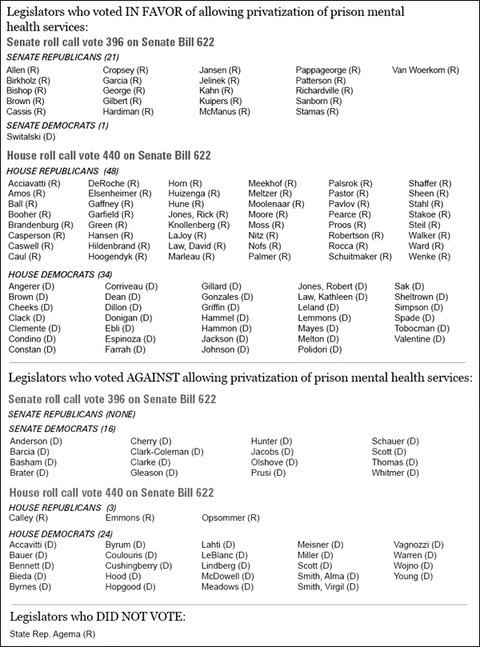The Detroit People Mover Still Serves as “a Rich Folks’ Roller Coaster”
A poor city subsidizes 20 years of failure
The Detroit People Mover, a light rail transportation system, celebrated its 20th birthday in July. More than a year before People Mover opened in 1987, Time magazine printed an unflattering preview of the coming attraction titled "Horizontal Elevator to Nowhere." Estimating the project to be a year late and 50 percent over budget, Time detailed numerous defects and problems, with the most notable mistake being the decision to build it at all. One Detroit resident was quoted as saying that it was "a rich folks’ roller coaster," and a Reagan administration transit chief predicted that it could become "the least cost-effective transit project in the last 20 years." The People Mover has repeatedly revisited these themes as if they were stations on its tiny circuit.
The system is a model of inefficiency. According to reports submitted to the Federal Transit Administration for the decade 1997-2006, the People Mover’s operational costs exceeded $3 per passenger mile every year and topped $5 per passenger mile for five of those years. In 1999, it spiked to $14.64. Consider that New York City’s famously efficient subways regularly run at around 30 cents per passenger mile and that most of Michigan’s largest city bus systems do the job for around $1 or less — including the Detroit Department of Transportation buses that run within the People Mover’s route.
The federal government’s estimated number of daily rides steadily eroded from 70,000 to 20,000 as the People Mover project stumbled from planning toward completion. After the first eight months in operation, The Detroit News reported that the government’s daily rider expectation was just 16,500, and that even this would probably not be met because only 13,207 daily rides had been given during its very best single month to that point.
The "people" are still not being moved. According to a December 2006 Detroit News article, about 10 percent of the tram’s seats are used, and ridership figures reported to the FTA for 2006 worked out to 6,323 rides per day. Largely because Detroit hosted a Super Bowl during the reporting period, the underwhelming total for 2006 reflects the best People Mover year of any of the previous 10. For the four prior years, the rides per day worked out to an average of just 3,915.
Some years were worse. A People Mover station was planned to help the financially struggling yet historic J.L. Hudson retail outlet, but the store closed its doors before the system was completed, leaving a track that still went past an empty 439-foot-tall building. Before imploding the old store in October of 1998, then-Mayor Dennis Archer stated, "Today, we say goodbye to years of frustration." But frustration continued for the People Mover, as falling rubble damaged the track. The resulting service delays through 1999 cut usage that year to 2,090 rides per day.
Mayor Coleman Young was the People Mover’s original champion and the first to experience its frustrations. When ridership during the first year was falling well short of expectations, he proposed a city budget that would have increased the system’s subsidy from $5.9 million to $8.3 million. Demonstrating questionable priorities, his budget also proposed a $9.8 million cut to the city police. This would have eliminated 264 law enforcement jobs at a time when the violent crime rate was rising and people were referring to the Motor City as the "Murder City."
This subsidy eventually became standard practice. For most of the past decade, 85 to 90 percent of the annual bill for the system’s operating expenses has come from the city budget — usually over $8 million and sometimes more than $10 million — in a city with one of the nation’s highest poverty rates. Ironically, a 2004 survey by The Detroit News revealed that fewer than 30 percent of the People Mover’s riders are Detroit residents.
Another telling statistic about the users: Ride figures for Saturdays routinely dwarf those for weekdays. The vast majority of the system’s users are clearly suburbanites and out-of-town visitors, who pay only a 50 cent-per-ride fare that regularly covers less than 10 percent of the line’s annual operating cost (and often less than 5 percent). The People Mover celebrates many wasteful accomplishments as it turns 20, but few stand taller than fulfilling what that wise Detroiter predicted back in 1986: It really is a rich folks’ roller coaster.
Ken Braun is a policy analyst for the Mackinac Center for Public Policy.
Michigan Capitol Confidential is the news source produced by the Mackinac Center for Public Policy. Michigan Capitol Confidential reports with a free-market news perspective.





